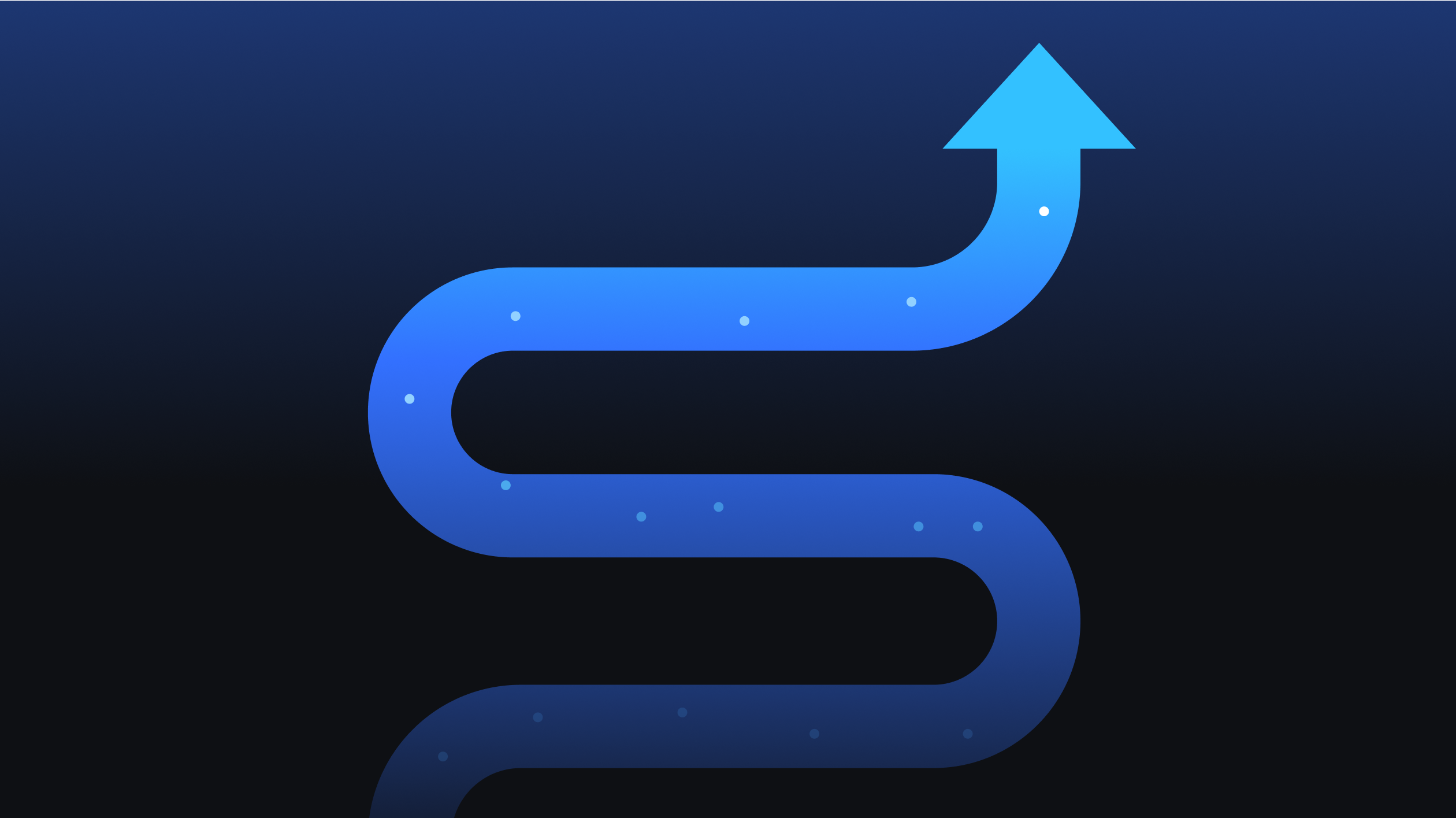3 Tips on Growing a Startup from Nick Warner at Route
The future of every business is dependent on improving the customer experience. The first step to improving that experience is to know your customer. We spoke to one of the rising stars in growth hacking to learn his strategy.

In the premiere episode of Connected by mParticle, guest Nick Warner, the Head of Growth at Route, discusses how he’s found success in chasing growth by valuing customer experience. Over the course of the episode, he outlines a complete paradigm that anyone trying to grow a startup can adopt. This paradigm incorporates three interlocking concepts:
- Understanding Your Perfect Customer
- Knowing Your Ideal User Journey
- Learning To Say No
Together these concepts form an iterative process of understanding your perfect customer and regularly testing that understanding, in the pursuit of the ideal user journey.
STEP 1: Understand Your Perfect Customer
In an always crowded landscape, succeeding as a high growth company is a constant challenge. When asked which learnings he has found most insightful in his career, Nick paraphrases former Facebook Growth and Engagement guru Andy Johns: you need to have an absurdly detailed view of who your perfect customer is.
Nick describes this as an evolution of the product/market fit concept. Since the mid-2000s, the simple concept of product/market fit has been utilized at startups to translate a loose business strategy into overwhelming success. Venture Capitalist Marc Andreessen originally popularized the concept with a short definition: “Product/market fit means being in a good market with a product that can satisfy that market.”
Although many growth leaders understand the importance of product/market fit, they often struggle to measure it in a meaningful way. In the Connected podcast, Nick shares that asking your customers specific questions to gauge their need for your product is the best first step to measure product/market fit. He references a popular survey question that he always leans on:
How would you feel if you could no longer use this product?
A.) Very disappointed
B.) Disappointed
C.) Not disappointed.
Nick uses the traditional product/market fit baseline that if over 40% of respondents say they would be very disappointed if the product no longer existed, then he’s on track with a product that has a future. He also recommends running these sorts of tests throughout a product’s lifecycle, suggesting using this larger product/market fit concept to analyze each new feature in the product as it is introduced and adopted. He concludes, “It helps ground the confidence and the decision making process of the business into something that is concrete.”
STEP 2: Know Your User by Knowing Your User Journey

Nick’s other big tip for success is to map out the user journey obsessively. He believes that by mapping out the user journey, you will better understand your customer, better understand your product, and almost accidentally develop a roadmap for your entire business.
A lot of different techniques can be used in mapping the user journey, but the main goal is to find all the ways in which your audience interacts with your product. When you’re visualizing and vocalizing those touch points across each channel, not only does it help refine the delivery of customers to your endpoints, but it reframes your entire process into something that is more user-centric, which is a must if you’re going to succeed at understanding your perfect customer.
Nick drills down even further into how the user journey is a constantly evolving, iterative process with a basic real world example: an online store for a new brand of shoes is getting great traffic, but that’s not translating into sales. There are six different videos showing how cool the shoes are, and one button to buy the shoes. “Are all of our viewers viewing all of these videos?” he asks in this hypothetical situation, “If they’re not, then they’re probably not going to be hitting ‘shop now.’” In this sort of environment, Nick suggests it’s time to test a version of that user journey with one video, and see if that changes engagement with the primary call to action. He reiterates that it’s all about finding those drop offs in engagement, which leads to finding true moments of enlightenment towards the perfect user journey.
STEP 3: Learn to Say No
Later in the podcast, Nick shares that the best CEOs and founders he’s worked with have a perfect vision of their company or product, but at the start, trying to accomplish everything all at once will pave a costly path. It takes time and money and resources to create a perfect product, so the skill comes in iterating the right parts of that product over time. Expanding that out, he believes that the real challenge is knowing when to say no.
Everyone wants a product to be everything at the start, but that’s not how “starts” work. If you try and do everything all at once, try to immediately deliver on that perfect vision of the perfect product, you’re going to have features that are lackluster. By not making those initial choices of scope and saying “no” at the start, you’re silently saying no to other things. In other words, by not limiting scope with purpose, you will be forced to limit scope at random by cutting corners mid-stride. The solution? Nick says it wraps back around to the user journey: “Map out that most ideal product journey, and then break it off into chunks and say ‘what can we accomplish now?’ ‘What can we accomplish next?’ And that creates your roadmap.”
Conclusion
These concepts come together to form an iterative process of understanding your perfect customer and regularly testing that understanding, in the pursuit of the ideal user journey. If done correctly, you will consistently be improving your product as it is today, while circling closer and closer to that perfect vision of the product that lies somewhere in your future.
This only serves as an intro to the complete conversation with Nick Warner on the podcast. If you're interested in more from Nick, you can check out the full episode here. Connected by mParticle is free and available on all major podcast apps, so make sure to subscribe for more insight on how the thought leaders of tomorrow are evolving the customer experiences of today.



